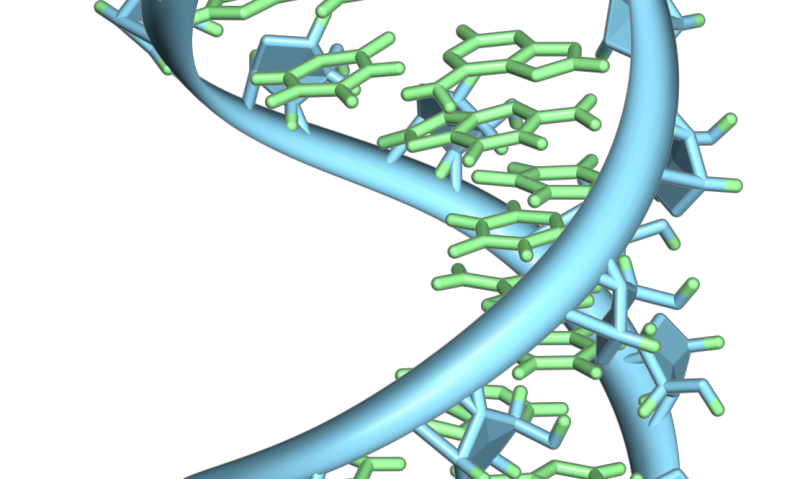Innovative Temperature-Sensing Patch Aims for Early Detection of Breast Cancer

Researchers at the University of Bristol have developed a flexible temperature-sensing patch to help detect breast cancer early. This innovative wearable device monitors subtle temperature changes on the breast surface, potentially enabling accessible, non-invasive screening and early diagnosis, especially in low-resource settings.
A groundbreaking development by researchers at the University of Bristol introduces a flexible, cost-effective wearable patch capable of detecting subtle temperature variations across the breast surface. Designed to assist in early breast cancer detection, the device leverages nine embedded temperature sensors that conform comfortably to the skin, enabling real-time monitoring of localized temperature changes often associated with tumor growth.
Inspired by personal experiences with breast cancer, Ph.D. student Marah Alassaf sought to create accessible alternatives to traditional screening tools. Her background in engineering and digital health culminated in an ultra-thin, skin-like device that can identify slight increases in temperature caused by elevated blood flow and metabolism around tumor sites.
Supported by her supervisor, Dr. Faezeh Arab Hassani, the team developed this device as part of broader efforts to enhance non-invasive cancer diagnostics. The patch’s design promotes ease of use and aims to expand screening access, especially in resource-limited settings. Preliminary tests involved breast models simulating tumors with heat sources, showing promising results in temperature detection.
Alassaf envisions the patch as a tool for at-home monitoring for individuals at higher risk, such as those with familial or genetic predispositions, thereby reducing reliance on frequent clinical visits. The research was recently presented at the IEEE International Conference on Flexible Printable Sensors and Systems 2025, earning second place for the Best Student Paper.
Breast cancer remains a leading cause of cancer-related mortality worldwide, emphasizing the necessity for early detection methods. Traditional imaging techniques like mammography pose challenges due to costs and accessibility, particularly in low-resource environments. This innovative patch could complement existing screening procedures and serve as a preventive measure for early diagnosis.
Currently, the team is focusing on further testing, including real-world case evaluations, to improve sensor density, durability under physical deformation, and long-term reliability. Industry experts highlight this technology's potential to transform breast cancer screening, making it more accessible and less invasive, ultimately improving patient outcomes.
This research underscores the critical role of engineering and digital health innovations in advancing cancer detection while offering hope for broader, more equitable healthcare solutions.
Stay Updated with Mia's Feed
Get the latest health & wellness insights delivered straight to your inbox.
Related Articles
How Scrambled RNA Contributes to the Development of Type 2 Diabetes
New research reveals that small mutations in the HNF1A gene cause widespread RNA splicing errors in pancreatic beta cells, contributing to the development of type 2 diabetes. These findings pave the way for targeted RNA-based therapies addressing the disease at its root.
Innovative Microsensing Technology for Real-Time Monitoring of Cancer Progression
A new microsensing technology utilizing electrical impedance spectroscopy enables real-time, noninvasive tracking of cancer cell dynamics, offering promising advancements in cancer diagnosis and treatment.
Emerging Role of RNA Modifications in Autoimmune Disorder Development
New research uncovers how chemical modifications of RNA, particularly glycosylation, help prevent immune detection of self-RNA and may influence autoimmune disease development.
Obesity's Impact on Concussion Recovery Even Among Athletes
New research reveals that higher BMI, including in athletes, is linked to worse concussion recovery due to increased inflammation, underscoring the importance of body health in injury management.



